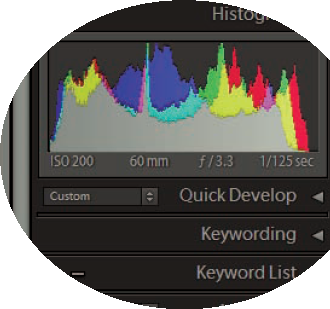Chapter 3. Digital Photo Basics
In This Chapter
Getting familiar with file formats
Understanding bit depth
Understanding color spaces
Employing a color-managed workflow
Implementing a backup plan
Lightroom is intended as "the professional photographer's essential toolbox," therefore, Adobe assumes its users are already fluent with a certain level of digitalphoto-ese. Although that's certainly true for many users, it's been my experience (through helping many professional photographers with this application) that a person can be quite skilled in the art of photography without knowing a bit from a byte or an NEF from a CR2 or a DNG. I can tell you quite confidently that your experience with Lightroom improves significantly when you increase your working knowledge of a few fundamental digital photography concepts that are integral to Lightroom's operation.

Note
Some of these concepts are complex and involve new words and mind-numbing calculations (done by the computer not you), and some subjects have entire books devoted to just that topic alone. I'm not going to get that in-depth. What I want to do is introduce you to these fundamentals and explain how they affect your Lightroom experience.
Getting Familiar with File Formats
Digital cameras aren't just light-capturing devices, but image-processing computers as well (they even have a tiny built-in LCD screen). The act of clicking the shutter release ...
Get Photoshop® Lightroom® 2 for Dummies® now with the O’Reilly learning platform.
O’Reilly members experience books, live events, courses curated by job role, and more from O’Reilly and nearly 200 top publishers.

